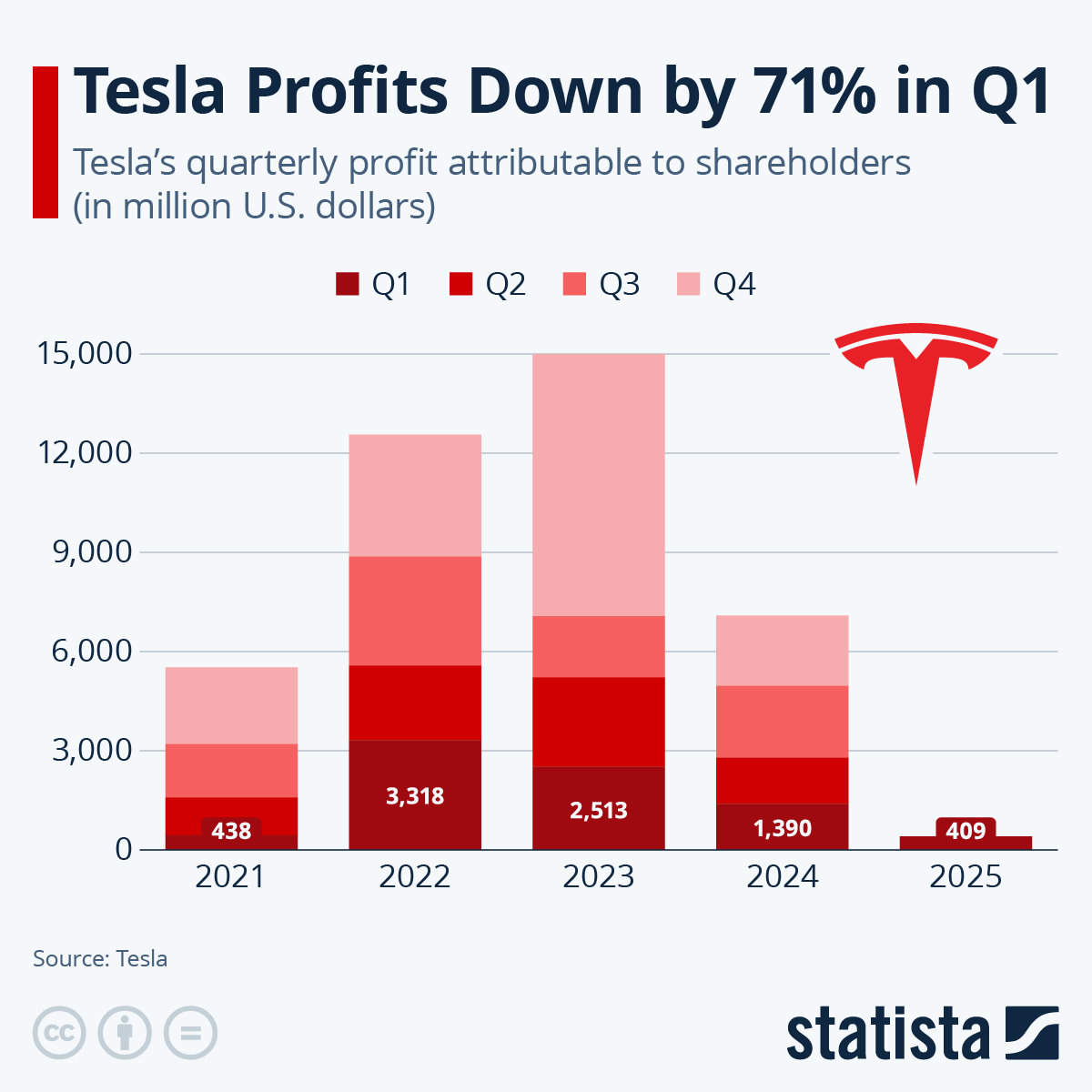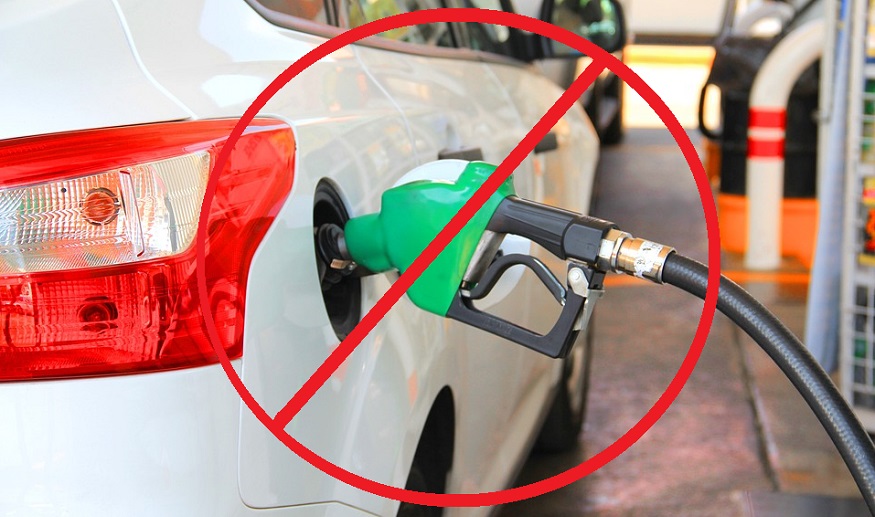Growth Challenges In China: A Look At The Experiences Of BMW And Porsche

Table of Contents
Intense Competition and Market Saturation
The Chinese automotive market is fiercely competitive, and this poses significant growth challenges in China for established players like BMW and Porsche.
The Rise of Domestic Brands
The meteoric rise of Chinese automakers presents a formidable challenge. Brands like Geely, BYD, and Nio are rapidly gaining market share, particularly in the luxury segment. These domestic brands leverage several key advantages:
- Competitive Pricing: They often offer comparable features and quality at lower price points than imported luxury vehicles.
- Advanced Technology: Many Chinese brands are at the forefront of electric vehicle (EV) technology and advanced driver-assistance systems (ADAS), appealing to tech-savvy consumers.
- Strong National Appeal: Patriotic sentiment plays a role, with many Chinese consumers favoring domestically produced brands.
This intense competition forces BMW and Porsche to refine their pricing strategies and differentiate themselves beyond brand prestige. A strong focus on unique selling propositions (USPs) like cutting-edge ADAS features and compelling EV offerings is crucial for maintaining market share and overcoming these growth challenges in China.
The Impact of Imported Car Tariffs
Import tariffs and taxes significantly influence the pricing of imported luxury cars, impacting their competitiveness against domestically produced alternatives.
- Price Sensitivity: Chinese consumers, even in the luxury segment, are sensitive to price fluctuations. Increased tariffs directly translate to higher prices, potentially hindering sales.
- Supply Chain Optimization: To mitigate the impact of tariffs, BMW and Porsche must optimize their supply chains and consider increased local manufacturing within China.
- Local Sourcing: Exploring opportunities to source components locally can significantly reduce costs and improve competitiveness.
Understanding the Evolving Chinese Consumer
Understanding the evolving preferences of Chinese consumers is paramount to overcoming growth challenges in China.
Shifting Preferences and Demands
The Chinese automotive market is characterized by rapidly evolving consumer preferences, especially amongst younger generations.
- EV/HEV Demand: There’s a growing demand for electric and hybrid vehicles, driven by environmental concerns and government incentives. Luxury brands must invest heavily in this sector.
- Advanced Technology: Features like sophisticated infotainment systems, advanced connectivity, and autonomous driving capabilities are highly valued.
- Digital Marketing: Online sales channels and digital marketing strategies are critical for reaching the tech-savvy Chinese consumer.
Regional Differences and Localized Marketing
China’s vast geographical expanse and diverse demographics necessitate a localized approach to marketing and product offerings. A one-size-fits-all strategy won't suffice.
- Targeted Campaigns: Marketing efforts must be tailored to the specific preferences and purchasing power of different regions.
- Localized Products: Adapting product features and offerings to meet the specific needs of different regions is crucial.
- Strong Dealer Network: A robust and reliable dealer network, providing excellent after-sales service, is critical for building trust and customer loyalty.
Navigating Regulatory Hurdles and Infrastructure
Regulatory compliance and infrastructure limitations present further growth challenges in China for luxury automakers.
Stringent Emission Standards and Environmental Regulations
China’s stringent environmental regulations require significant investment in cleaner technologies.
- Emission Compliance: Meeting stringent emission standards, equivalent to Euro 6 or stricter, demands substantial R&D investment.
- EV Investment: A focus on electric and hybrid vehicles is not just a trend, but a necessity for long-term sustainability and compliance.
- Sustainable Supply Chains: Adopting sustainable practices throughout the supply chain is crucial for meeting environmental regulations.
Developing Robust Charging Infrastructure for EVs
The widespread adoption of EVs depends heavily on the availability of a robust charging infrastructure.
- Charging Network Collaboration: Partnering with charging network providers is essential for ensuring widespread access to charging points.
- Fast-Charging Technology: Investing in fast-charging technology can alleviate range anxiety, a key concern for potential EV buyers.
- Government Support: Collaboration with the government to develop supportive policies and infrastructure is critical.
Conclusion
Successfully navigating the growth challenges in China for luxury automakers like BMW and Porsche requires a multifaceted approach. Understanding the competitive landscape, evolving consumer preferences, and stringent regulations is paramount. By embracing localization, investing in technological innovation, and fostering strong relationships with the Chinese market, these brands can unlock the immense potential this dynamic market offers. Addressing these growth challenges in China is not just about overcoming obstacles; it's about unlocking the future of the luxury automotive sector. Proactive adaptation and a deep understanding of the nuances of the Chinese market are key to long-term success.

Featured Posts
-
 Tesla Q1 Earnings Report Analyzing The Impact Of Musks Actions
Apr 24, 2025
Tesla Q1 Earnings Report Analyzing The Impact Of Musks Actions
Apr 24, 2025 -
 B And B April 3 2024 Recap Liams Medical Emergency Hopes Living Arrangements
Apr 24, 2025
B And B April 3 2024 Recap Liams Medical Emergency Hopes Living Arrangements
Apr 24, 2025 -
 Liams Collapse And Hopes Move The Bold And The Beautiful April 3 Recap
Apr 24, 2025
Liams Collapse And Hopes Move The Bold And The Beautiful April 3 Recap
Apr 24, 2025 -
 California Gas Prices Governor Newsom Seeks Industry Collaboration To Ease Burden
Apr 24, 2025
California Gas Prices Governor Newsom Seeks Industry Collaboration To Ease Burden
Apr 24, 2025 -
 Joint Venture Saudi Arabia And India Plan Two Major Oil Refineries
Apr 24, 2025
Joint Venture Saudi Arabia And India Plan Two Major Oil Refineries
Apr 24, 2025
